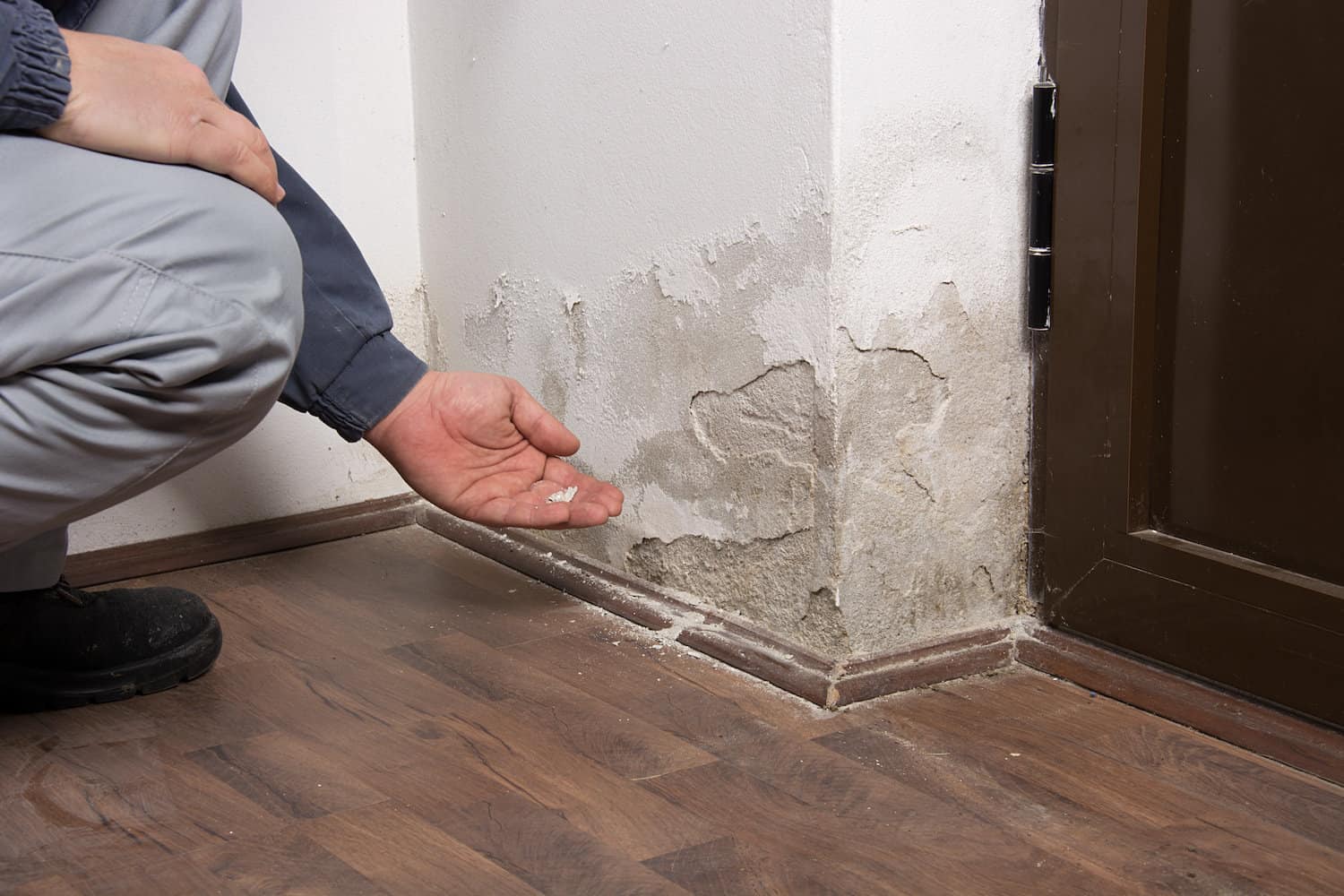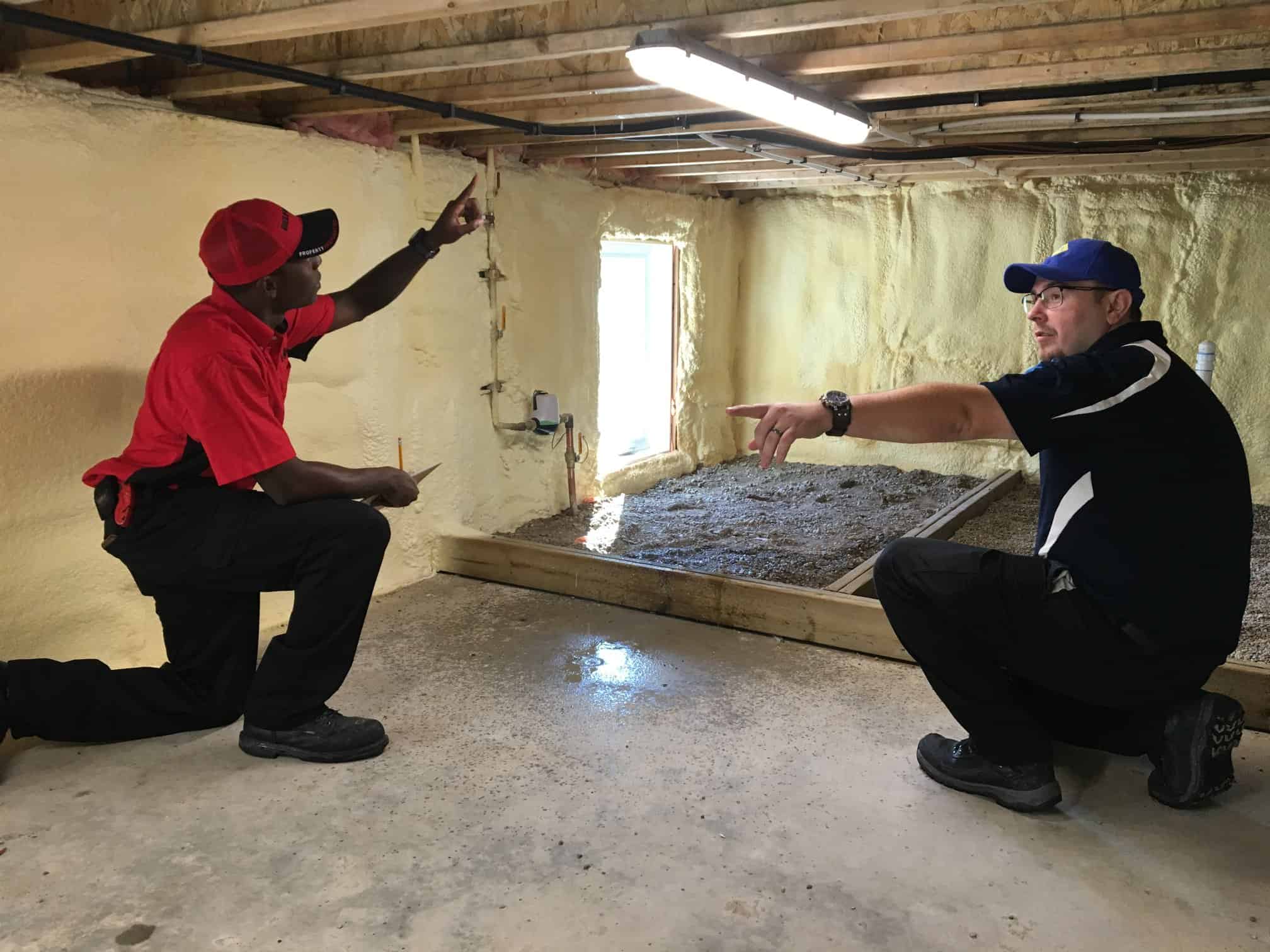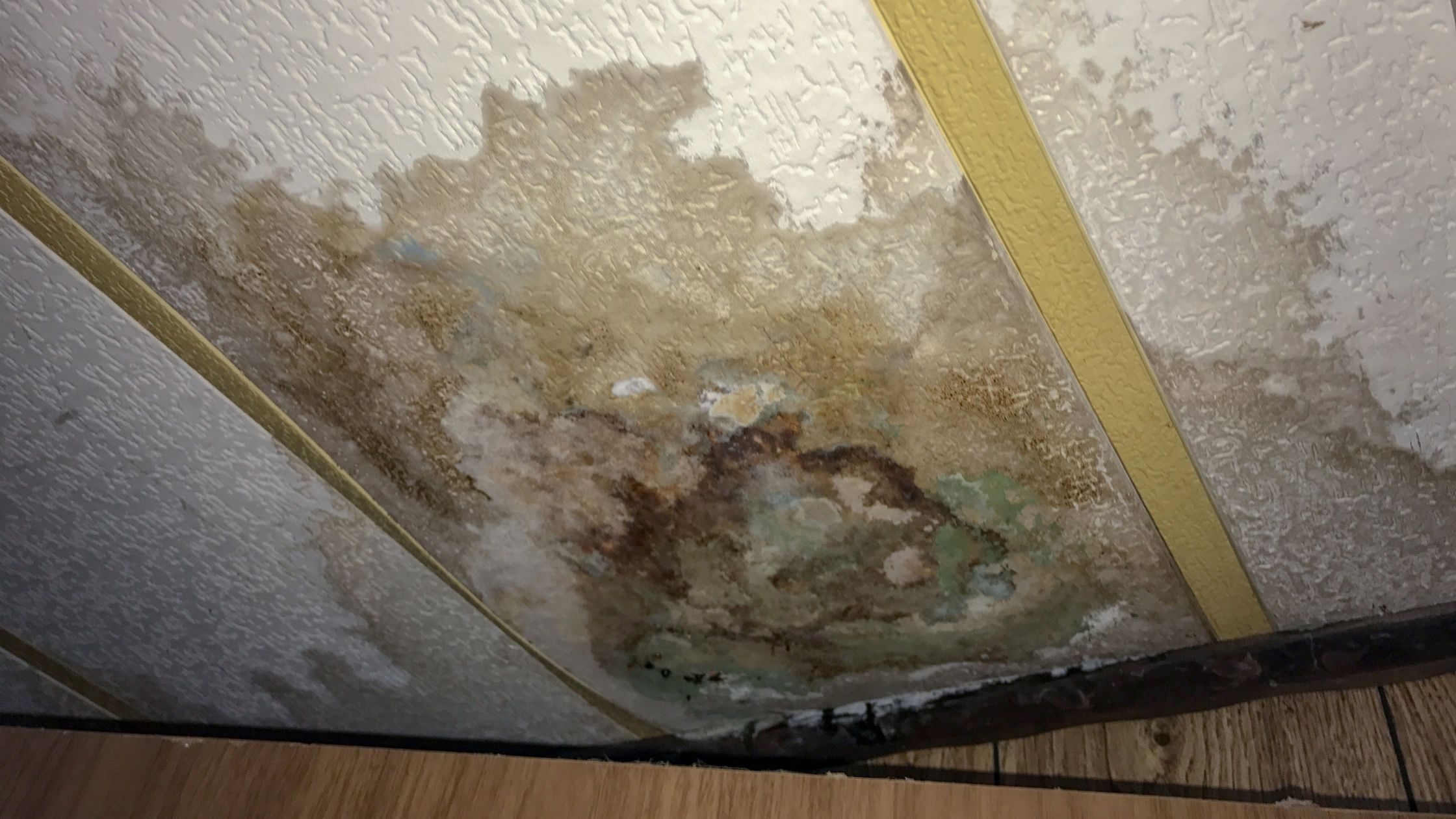Quick Response Emergency Water Leak Repair for Residential and Commercial Needs
Quick Response Emergency Water Leak Repair for Residential and Commercial Needs
Blog Article
The Process of Water Damage Clean-up: Ensuring Your Home Is Restored Efficiently
Water damages can be an overwhelming difficulty for home owners, necessitating a organized and meticulous cleanup process to recover safety and security and capability. damage restoration services. Following this, effective water extraction methods play a crucial role in mitigating further damage.
Evaluating the Damage
Upon discovering water damage, the very first step is to thoroughly analyze the extent of the influence. This preliminary assessment is important, as it aids identify the essential steps for reliable cleaning and remediation. Begin by checking the affected areas, including walls, ceilings, floorings, and individual possessions, to recognize the source of the water breach, whether from flooding, leakages, or condensation.
Recording the damage is important for both insurance coverage cases and preparing reconstruction efforts - damage restoration services. Usage pictures and created notes to catch the severity of the damages, keeping in mind any type of afflicted structural components and products. Pay unique focus to locations that may not be right away noticeable, such as behind wall surfaces and under rugs, as hidden wetness can bring about further complications, including mold and mildew growth
In addition, analyze the timeline of the water direct exposure. The longer the materials remain damp, the greater the potential for damages. Recognizing the duration of exposure will educate the necessity of remediation efforts. Ultimately, a thorough evaluation prepares for an effective water damage cleanup procedure, making certain that all influenced locations are attended to efficiently and extensively.
Water Extraction Methods

Professionals commonly employ submersible pumps for larger quantities of water, which can promptly reduce flooding in basements or other impacted locations. For smaller amounts, wet/dry vacuums are typically used to extract recurring moisture from carpets and hard surface areas. In addition, making use of mobile extractors enables targeted elimination in constrained areas or areas with fragile materials.
In circumstances of infected water, such as sewer or floodwater, progressed removal methods might involve making use of biohazard devices to ensure safety and compliance with health and wellness policies. High-powered removal devices are vital in minimizing water retention in structural materials, which can bring about mold and mildew growth and architectural wear and tear if not attended to without delay.
Inevitably, the performance of water extraction techniques plays a pivotal duty in the overall success of the water damage cleaning process, preparing for subsequent restoration initiatives.
Drying and Dehumidification
When standing water has actually been efficiently removed, the next essential stage in the water damages clean-up procedure is drying out and dehumidification. This action is vital to prevent further damage and mold development, which can happen within 24 to two days in damp settings.
To achieve reliable drying, specialized devices such as industrial-grade air moving companies and dehumidifiers is employed. Air movers flow air across damp surfaces, improving evaporation prices, Look At This while dehumidifiers minimize humidity degrees in the air, advertising a helpful setting for drying out. The combination of these tools makes certain that wetness is extracted from floors, furnishings, and walls, enabling them to completely dry thoroughly.
It is very important to check the drying procedure carefully. Experts often utilize dampness meters to analyze the wetness material in numerous products, ensuring that all impacted areas reach appropriate dry skin levels. This meticulous strategy helps to stop covert wetness pockets that can lead to structural damage or unhealthy mold development.

Cleansing and Sanitizing
After the drying out and dehumidification phase is full, the following crucial action in water damages cleaning is cleansing and sterilizing the affected areas. This process is crucial to avoid the development of mold, bacteria, and other pathogens that prosper in wet atmospheres.
The cleansing phase typically includes removing any kind of debris, dirt, and contaminants from surfaces using specialized cleaning agents. For hard surfaces, a mix of soap and water or business cleaning items is often employed. Soft materials, such as upholstery and carpets, may require much more comprehensive cleansing techniques, consisting of heavy steam cleaning or deep removal techniques, to ensure extensive sanitation.

Disinfecting follows cleaning, making use of EPA-approved anti-bacterials to remove damaging bacteria. This action is important, particularly in areas that may have come into call with floodwaters or sewage, as these sources can present major health and wellness risks.
Furthermore, it is very important to resolve any type of staying smells, which may need the usage of odor neutralizers or sophisticated techniques like ozone treatment. Proper cleansing and sanitizing not only restore the safety and hygiene of your home but additionally lay the groundwork for effective repair and repairs in subsequent stages of the water damage cleanup procedure.
Repair and Repair Services

As soon as the evaluation is complete, reconstruction efforts can begin. Additionally, flooring might require comparable focus, depending on the level of water exposure.
It is critical to engage seasoned reconstruction professionals during this procedure, as they have the know-how to manage complex repairs great site properly. In addition, they can aid minimize potential future issues, such as mold growth or structural instability, therefore guaranteeing a risk-free and habitable living environment. Inevitably, efficient remediation and fixings recover the home's integrity and improve its general value.
Final Thought
Finally, the process of water damages clean-up is essential for bring back a home to its pre-damage problem. Each phase, from analyzing the damages to executing efficient water removal techniques, adhered to by complete drying out, sanitizing, and required fixings, plays a vital role in ensuring safety and security and conformity with structure standards. Efficient execution of these actions not just alleviates prompt damages but also enhances the lasting stability and value cleaning and restoration services of the residential or commercial property.
Water damages can be a daunting obstacle for home owners, requiring a meticulous and organized cleanup procedure to recover security and functionality. Inevitably, a comprehensive assessment lays the foundation for an effective water damages cleanup procedure, making sure that all influenced locations are resolved effectively and extensively.
Efficient water removal techniques are vital in alleviating damage and avoiding further complications adhering to a water invasion event.In final thought, the procedure of water damages clean-up is crucial for recovering a home to its pre-damage problem. Each phase, from analyzing the damages to executing effective water removal strategies, complied with by complete drying, sterilizing, and required repair services, plays a vital function in making sure security and compliance with building requirements.
Report this page